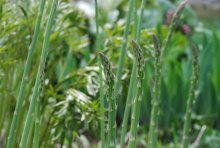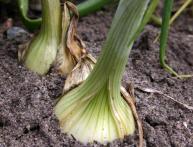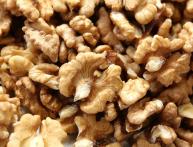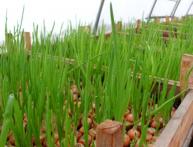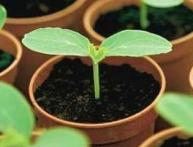How asparagus grows: basic rules for growing and caring

Today, many owners are engaged in growing unusual vegetables that can surprise guests. One of them is asparagus. Despite its exotic appearance, it can easily be grown in a summer cottage. It has an original taste and smell. Besides, asparagus - A fairly healthy vegetable that is valued by specialists. But how does asparagus grow? Growing such a plant will not leave any gardener indifferent.
Content:
- When to plant, how to properly prepare the soil?
- Lighting and watering
- What should be the care immediately after planting?
- Rules for growing and care
When to plant, how to properly prepare the soil?
Asparagus is also called asparagus. This plant can survive extreme cold and does not require special care. Asparagus is often compared in appearance to a fern. It can grow up to 1.5 meters in height. Before you start growing this crop, it is worth preparing the soil. Asparagus needs fertile soil and can also grow on sandy loam.
Soil preparation and landing differs depending on what season the crop is planted. This can be done in early spring. But planting should occur when the buds are not yet growing. Initially, fertilizer is applied to the ground. Regular humus is suitable for this. The roots of the plant must be placed carefully in a trench that is 30 centimeters deep.
Once the asparagus has been planted, it is time to start watering.It is worth remembering that bushes grow over time, so they need to be planted at a distance of at least 0.3 m. There should be about 0.6 m between rows. In a word, there should be 3-4 bushes per square meter.
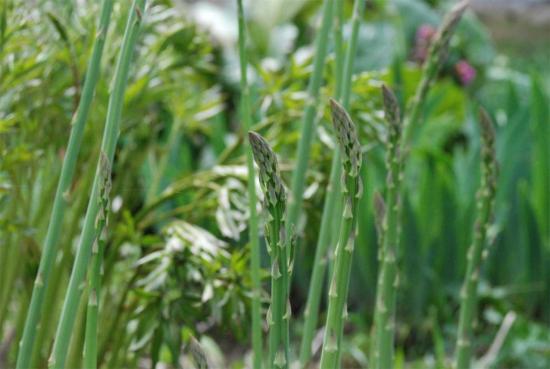
If the owner decides to plant in the fall, then you need to familiarize yourself with other rules. Initially, the area where asparagus will be planted is well dug up, then fertilizers are added to it. The following components need to be added to the soil:
- Superphosphate
- Potassium sulfate
- Ammonium sulfate
If asparagus planted in the fall, then there is no need to deepen it much. There should be hills above the planting. This method protects the root system from frost. There should be a certain distance between each plant, as discussed above.
Lighting and watering
Before planting asparagus, you need to decide on the planting location. This should be an area that is well lit by the sun, but there should be no drafts. The back garden area is ideal for this. Asparagus needs proper watering.
Video on how to care for asparagus seedlings:
Water it needs to be taken regularly in small portions. But you should not flood the plants, as they do not tolerate stagnation of water. But drying out will not lead to anything good. In a word, watering should be moderate. After this, you must not forget to loosen the soil. This procedure must be carried out at least 7 times per season.
What should be the care immediately after planting?
The most important thing after planting is not to forget about watering, loosening and fertilizing. The soil needs to be loosened systematically. This should be done in the usual way. This procedure is carried out immediately after watering, as it accelerates the absorption of water into the soil. The soil must be clean, free of weeds.Therefore, as soon as they appear, they are removed.
Also don't forget about feeding. Experienced gardeners recommend one of the best methods, which is suitable for asparagus. To do this, add mullein to the soil, which is diluted in water. For 5 liters of water you need 1 liter of this fertilizer. The amount of solution depends on the size of the bed. The beds need to be fertilized using this method when 3 weeks have passed after planting.
After another 3 weeks, you need to start the next feeding. But for this you need another fertilizer - bird droppings. It is also diluted with water, which should be 10 times more than the litter. Before the first frost is predicted, it is worth carrying out the last fertilizing. This requires complex fertilizers.
Rules for growing and care
In order for asparagus to please with its harvest, it is necessary to systematically remove weeds. If the shoots are too high, then they need support. If the weather is dry, then it is worth increasing watering. The fruits must be picked in a timely manner; they should not break off on their own. In the autumn, it is necessary to prune stems that have turned yellow.
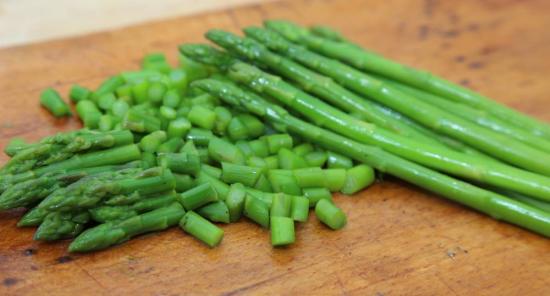
This should be done at a height of 3-5 cm above the ground. Asparagus is one of the plants that are not afraid of many diseases. But, nevertheless, there are a number of diseases from which this culture suffers. Often it is affected by a dangerous fungus. It can lead to the death of the plant in just a few days. If branches begin to fall off, this may indicate the presence of fungi.
This happens because the rhizome dies. To protect the plant from such a disease, you must use drug "Fundazol". Asparagus leaf beetles pose a great danger.They are small black beetles.
Their larvae eat the leaves, which leads to the death of the plant. They fight such pests with the help of Fufanon, Fitoverm and other drugs.
In addition, you should be wary of asparagus flies. So, asparagus is an interesting plant that can delight you with tasty and healthy fruits. But it is worth knowing some rules for growing crops.

